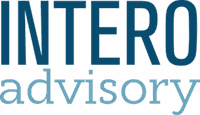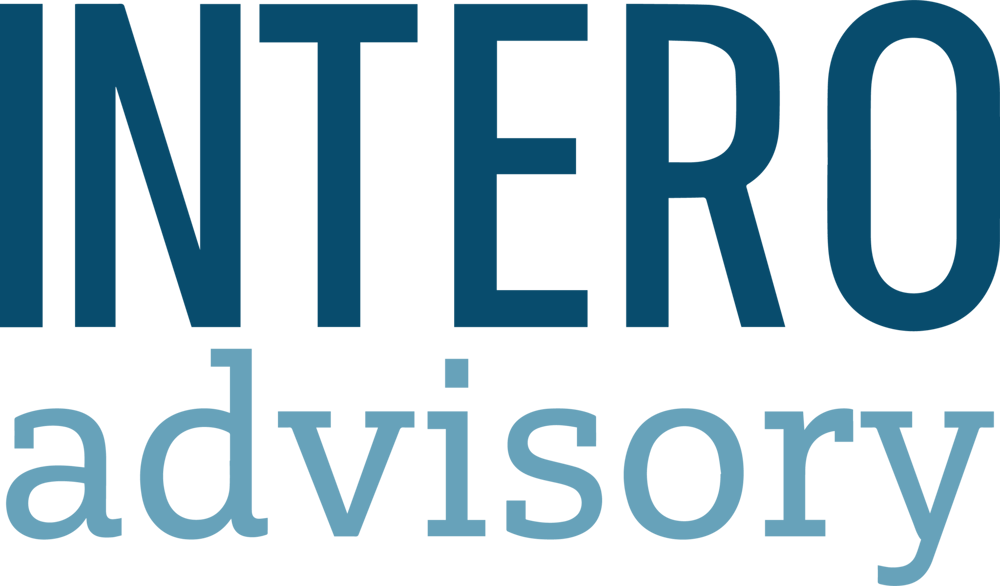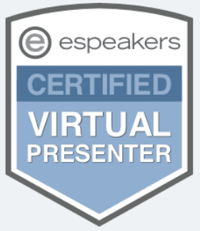Have you ever scrolled through LinkedIn and noticed how quickly people skim past posts—even the ones they claim to “like”? The platform is full of surface-level reactions: polite but generic comments and impersonal pitches. Yet, an opportunity for genuine human connection lies under all this noise. The question is: will you participate?
LinkedIn offers so much more when approached with intention. True engagement—thoughtful, trust-building, and consistent—demands more than a one-liner. Below, we’ll unpack how to move from passive scrolling to meaningful dialogue that sets you apart. After all, LinkedIn works for you when you cultivate meaningful connections.
Beyond “Great Post”
Surface-level engagement often falls flat. A simple “Great post!” rarely sparks a conversation. Instead, consider:
- Highlighting a specific point in the post that resonated with you.
- Asking a question to deepen the discussion.
For example, instead of just “Great insights on remote work,” you might say, “I appreciated your perspective on event follow-up. How do you think small businesses can maintain cohesion in a remote environment?” This approach establishes credibility and fosters connection.
Direct Messaging: Where Connections Begin
Unlike public posts, direct messages allow for one-on-one engagement. When crafted thoughtfully, they can open doors to collaboration or mentorship. Thoughtful, personalized messages are more likely to start meaningful conversations than generic templates.
Effective vs. Ineffective Direct Messages
- Effective: “Hi [Name], I noticed your recent post about [topic] and found it insightful. I’d love to hear your thoughts on how small businesses can adapt to [specific challenge].”
- Ineffective: “Hi [Name], I’d like to connect and discuss opportunities.”
Authenticity: The Foundation of Trust
Consistency and sincerity are key to building trust on LinkedIn. Share not only your successes but also your challenges and growth. A story format works well here:
Example: “Earlier this year, I struggled with [specific challenge]. Through trial and error, I discovered [specific solution], and it completely changed how I approach [relevant area].”
Such stories resonate with others, especially small business owners facing similar challenges, and show a willingness to learn and grow.
Updated Perspectives: Handling Disagreement or Negativity
Disagreements need not divide. Approaching disagreements constructively can lead to richer understanding. For this section, let’s include a brief case study:
Case Study: “A colleague once challenged my approach to marketing for small businesses. Instead of reacting defensively, I acknowledged their perspective and asked for examples. Their insights inspired me to tweak my strategy, which led to measurable improvements in engagement.”
This real-world example highlights the value of open-mindedness in professional dialogue.
Do the work
Three micro-challenges you can do today:
- Craft a thoughtful response to one post that resonates. Reference a specific point the author made, then ask a follow-up question to deepen the discussion.
- Revise one recent DM to make it more personal and engaging. Mention a shared connection or recent post by the recipient.
- Share a short story about a professional hurdle you’ve faced, focusing on the lesson learned. Authentic stories encourage connection and relatability.
LinkedIn’s power isn’t just in collecting profile views and connection requests. It’s in forging professional bonds that can evolve into invaluable resources, collaborations, and friendships. Every post you comment on and every DM you send shows you’re more than just a name in someone’s notifications, you’re a person worth knowing.
Before you scroll away, ask: “Does my engagement invite real conversation?” If the answer is no, consider rethinking your approach. When you prioritize depth over shallowness, you turn a routine feed check into an opportunity for growth, insight, and genuine connection.
By choosing candor, consistency, and curiosity, you make LinkedIn more than a digital résumé. It becomes a place where your insights—and your willingness to learn—truly shine. That’s how you make LinkedIn work for you.



